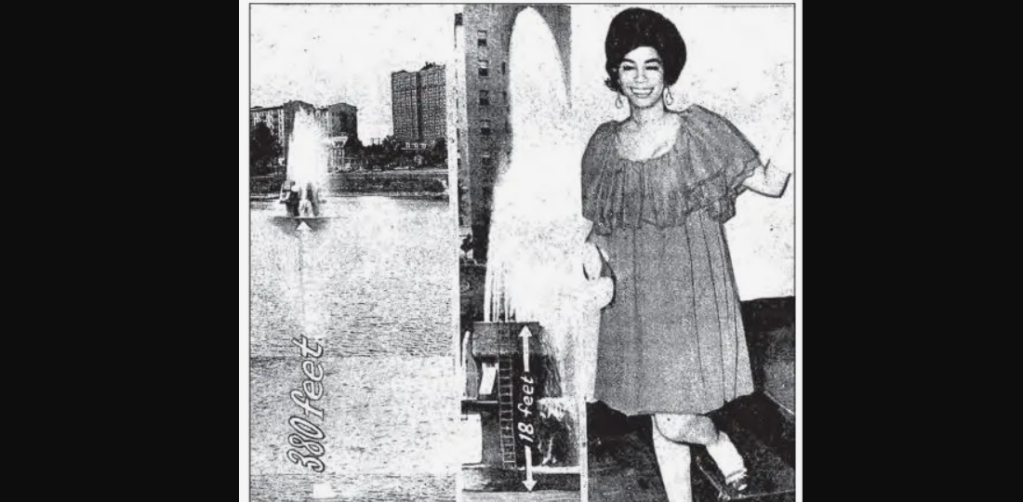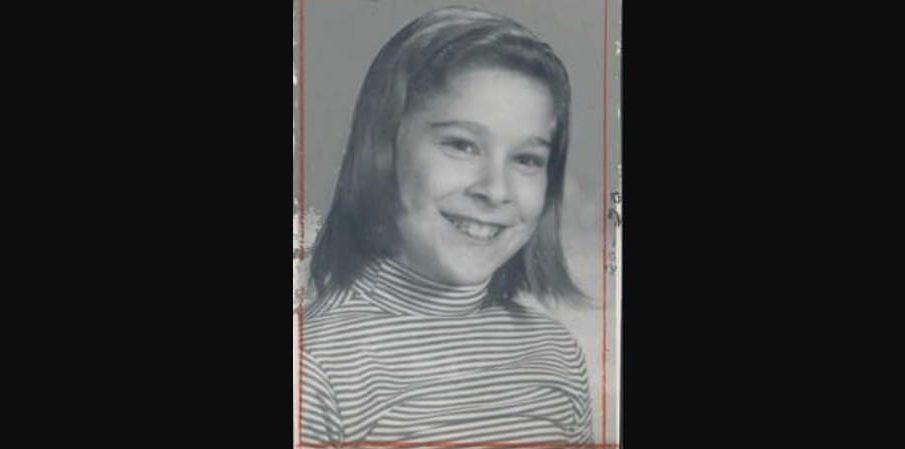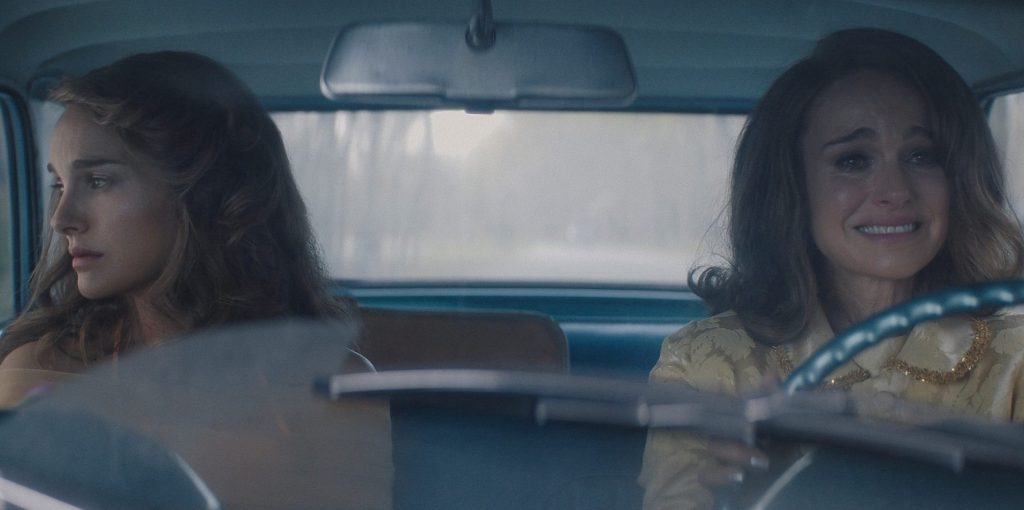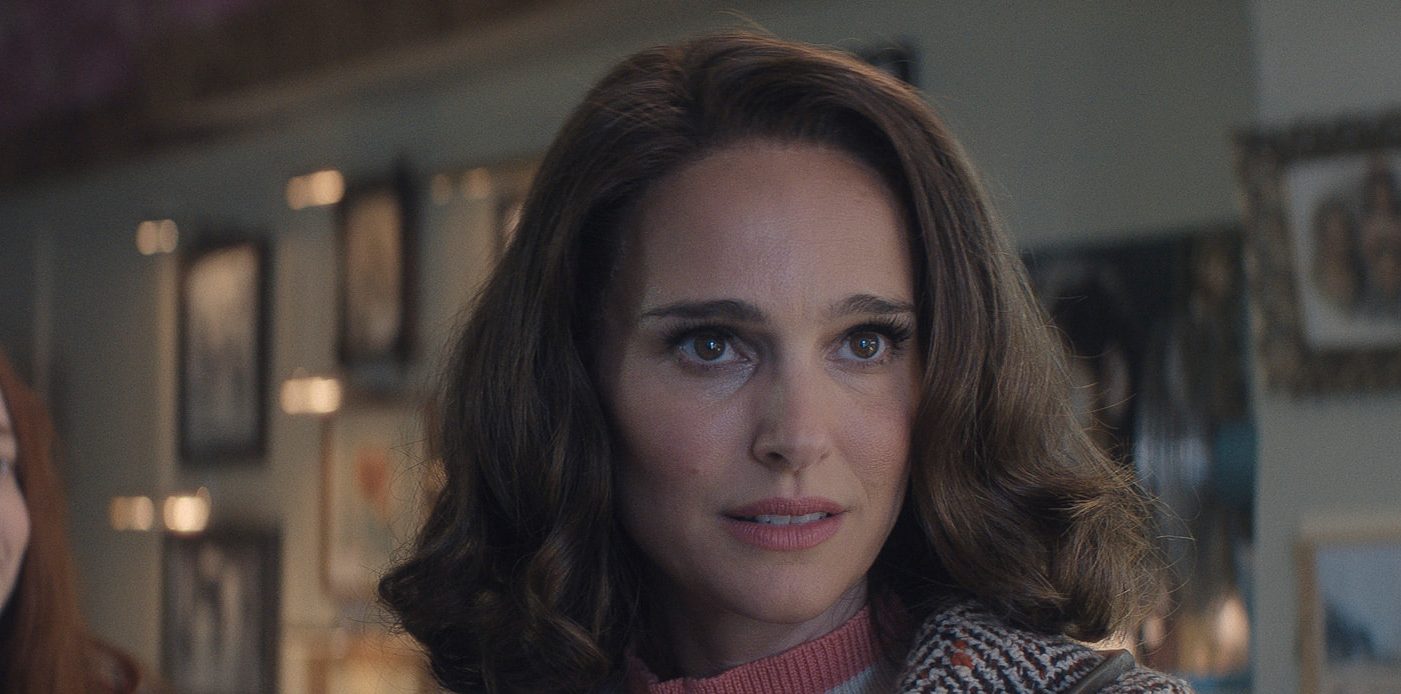Developed by Alma Har’el, Apple TV+’s ‘Lady in the Lake’ follows Maddie Schwartz, a middle-aged Jewish housewife who divorces her husband and moves to Baltimore to pursue a career in investigative journalism. Things start going haywire when Maddie gets involved in a murder mystery involving a young black woman named Cleo Johnson, a struggling mother whose perplexing death leaves behind a series of unanswered questions. Obsessed with solving the case, Maddie uncovers several underlying truths geared toward racism and misogyny while also risking her own life in the process.
The suspenseful crime drama show explores how identity affects people’s status and the response they garner in their community. With a catalog of twists and turns in its plot and its deeply drawn characters, the show unearths how criminal cases can go entirely unnoticed in the eyes of the mainstream media and public due to inherent biases. The further Maddie progresses in her investigation, the more hidden secrets come to the fore, threatening a reexamination of evidence and the lack of diligence. Thus, owing to its complex thriller makings, it prompts an intriguing discussion on whether ‘Lady in the Lake’ is based on a true story.
Lady in the Lake is an Adaptation of Laura Lippman’s Novel
‘Lady in the Lake’ is based on a 2019 crime novel by Laura Lippman. Drafted by creator Alma Har’el and co-writers Briana Belser, Nambi E. Kelley, Sheila Wilson, and Boaz Yakin, the show features an investigation into the death of two separate killings as Maddie attempts to grapple with the truth behind both of them. The concept for the story came to Lippman after she learned about two unrelated deaths in Baltimore, Maryland, set during the late 1960s. She drew the central basis of her narrative from real-life killings while also furnishing it with fictional elements, revealing that once she knew her core inciting inspiration, she avoided diving too deep into the source to keep her perspective fresh.
“When I decided to write a novel set in the ’60s, I very much wanted to look at these two different deaths, and how differently they had been portrayed in media,” she said in an interview. The writer was intrigued by the prospect of exploring the worldview of a woman trapped in the 60s, having to confront her own restlessness and the constant drive to achieve something by crediting her ambitions. “The world in the mid-1960s was filled with women who were thinking, ‘I’m not done. This can’t be it. I think I would like to do something more with my life,'” she added. In the case of Maddie, her inciting action is triggered by a sense of boredom and monotony living with her husband in a relaxing and comfortable life.
The True Crime Inspirations of Lady in the Lake
The central heart of ‘Lady in the Lake’ lies in its murder mystery surrounding the death of a young black woman, Cleo Johnson, and an 11-year-old girl, Tessie. The real-life basis of these killings came from two unrelated deaths in 1969 in Baltimore, Maryland – one relating to an 11-year-old Jewish girl named Esther Lebowitz and another involving the disappearance of a young black woman named Shirley Parker. Both cases got unequal media coverage, prompting the writer, Laura Lippman, to seek out the underpinnings behind both crimes and how people responded differently to them. She stated that until she started working at The Baltimore Sun, she hadn’t heard much about Parker as compared to Esther because of a lack of information scoping.

According to reports, Shirley, a twice-divorced mother, disappeared in April 1969 when her son David was still nine years old. She was reported missing by her mother but was not found until at least two months later, on June 2, 1969, when a repair crew who had been tasked with fixing the fountain lights in the middle of the lake in Druid Hill Park Reservoir, found her body in the water. On April 23, after hanging out with some friends, Shirley was seen having an argument with her boyfriend, Arno West, who had allegedly been seeing another girl. Later that night, the two drove to Druid Hill Park, where she jumped the fence to go to the lake, causing West to worry about her safety. He drove home that night after his attempts to persuade her failed. That was the last sighting of Shirley Parker.
Despite suspicion falling on West, David Parker, the son of Shirley, believed that the man had nothing to do with her death. “I don’t believe he had anything to do with it. That man had to go to a mental hospital after my mother died. He had to be put in a hospital for a little bit because everyone was accusing him. I don’t believe him or my father had anything to do with it,” he said, clearing both of any guilt on his part. However, the death of Shirley continues to be a mystery as it still haunts David to this day. “I just want some closure…even if they say anything to pacify me,” he said. “I have six children asking about their grandmother and I can’t give them no answers.”

On the other hand, the tragic death of 11-year-old Esther Lebowitz was the result of a murder at the hands of fish store worker Wayne Stephen Young, whose father owned the shop. After a carpool reportedly dropped her off near Park Heights and Rogers Avenue, Esther entered the tropical fish store only to vanish right after on September 29, 1969. The entire community rallied to find Esther during the two days of her abduction, conducting neighborhood searches as the whole of Baltimore came together as one. Her body was found near Sinai Hospital, and Wayne Stephen Young, the son of the fish store owner, was incarcerated after he was proven guilty of killing and also allegedly molesting the young girl. In 2015, he passed away in prison after numerous attempts at applying for parole failed.
Lady in the Lake Makes Subtle Variations From its Source Material
While adapting Laura Lippman’s eponymous work into the show, creator Alma Har’el was encouraged and enthused by the writer’s positive support of the liberties she was allowed to take while drafting the script. According to Variety, despite the novelist serving as an executive producer on the show, Har’el was told by her to “take it wherever I want,” including making changes where she saw fit to engage the audience and adhere to the TV medium’s requirements. One of those changes is a greater emphasis on the character of Cleo, who is more fully fleshed out in the adaptation with a deeper characterization of her experiences provided through her personal perspective, which is briefly touched upon in the pages of the novel.

The showrunner said, “The book itself opens with Cleo, but you don’t really get to spend time with her and experience the story from her perspective and see her life. And that is a big difference in the show. The show is more of a two-hander.” Consequently, a more probing look is taken at the relationship between Black and Jewish people, whose paths have crossed in various ways in the past. The creator commented that Jewish folks who lived in Baltimore had to take certain measures to ensure their own survival in terms of civil rights movements and political ploys. “The show does deal with the consequences of that, and what it did to our society at large,” she said. “So, I think that it’s actually very timely.”
Har’el also added that key plotlines in the latter half of the narrative have been expanded upon compared to the book. Thus, a mixture of both fictional and real-life inspirations fuels the narrative of ‘Lady in the Lake,‘ ranging from the imagination of the author to the real-life deaths that inspired her. Consequently, the show has plenty of substantive material to dig through in its exploration of racial and social tensions in a period setting where two unlinked deaths rock the denizens of Baltimore in varying degrees.
Read More: Best Serial Killer Movies on Netflix


You must be logged in to post a comment.